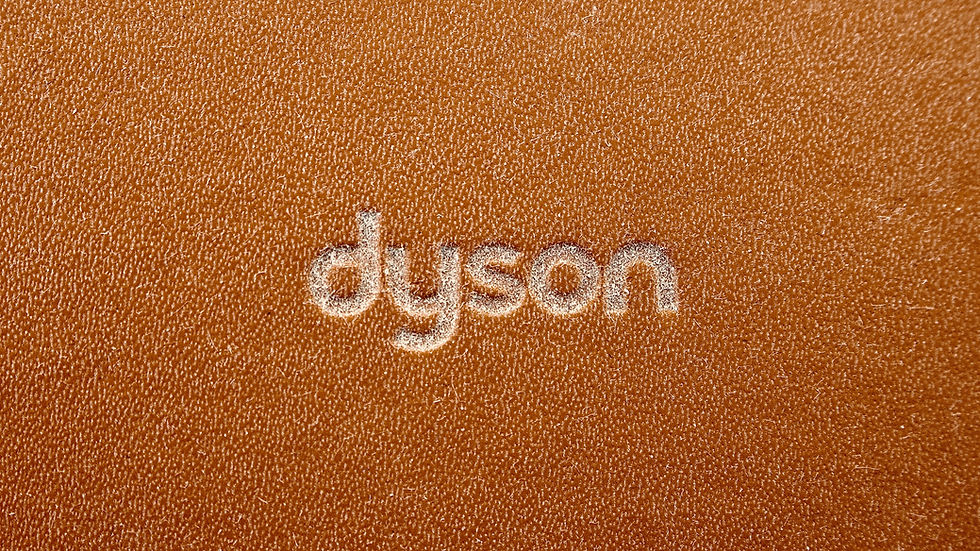What is EELS (Electron Energy Loss Spectroscopy)?
- Copperpod
- Dec 15, 2020
- 4 min read
Updated: Apr 3, 2023
What is EELS (Electron Energy Loss Spectroscopy)?
Electron Energy Loss Spectroscopy (EELS) is the use of the energy distribution of electrons that pass through a thin sample to examine the content of the sample and create images with unique contrast effects.

EELS instrumentation is typically incorporated into a Transmission Electron Microscope (TEM) or a Scanning TEM (STEM). These microscope types use high energy electrons (60 – 300 KV typically) to interrogate the sample. As the name implies, the electrons must “transmit” through the sample and thus requires an electron transparent sample. The electrons can interact either elastically (no energy exchange) or inelastically with the sample, and it is these interactions that EELS exploits to extract information about the sample.

EELS data typically consists of either detailed, energy loss spectral information from the sample (spectroscopy) or images that have contrast created by the energy loss properties of the distribution of the material in the sample. You can combine these methods in a technique called spectrum imaging, where spectral information is collected in a spatially resolved manner. This data is used to extract a wealth of information from the sample, including:
Specimen thickness – Zero-loss peak (ZLP) and total spectrum intensity
Valence/conduction electron density – Plasmon peaks
Optical response (complex dielectric function) – Low-loss distribution
Band structure and interband transitions – Near zero-loss features
Elemental composition – Core-loss edges
Distribution of near neighboring atoms (radial distribution function RDF) – Extended energy loss fine structure (ExELFS).
Bonding and oxidation state (density of unoccupied states) – Near edge fine structure (ELNES)
How Does EELS Work?
A beam electron in an (S)TEM may be inelastically scattered when it interacts with the atomic electrons in the specimen. The electron beam loses energy and is bent through a small angle (5 - 100 milliradians). The energy distribution of all the inelastically scattered electrons provides information about the local environment of the atomic electrons which in turn relates to the physical and chemical properties of the specimen. This is the basis of electron energy-loss spectroscopy (EELS).
Much of the information obtained from EELS is similar to that of X-ray absorption spectrometry (XAS) in the synchrotron. The Figure shows a typical electron energy-loss spectrum recorded up to 600 electron volts. The first peak, the most intense for a very thin specimen, occurs at 0 eV and is therefore called the zero-loss peak. It represents electrons that have not been scattered in the specimen (transmitted electrons) and which have been elastically scattered via interaction with the atomic nuclei.

The low-loss or valence region of an EEL spectrum (< 50 eV) provides similar information to that provided by optical spectroscopy. The most prominent peak, centered at 24 eV, comes from a plasma resonance of the valence atoms. Signal intensities in the low-loss region are larger than in the high-loss region of the spectrum. At higher energy losses (> 50 eV), where the number of inelastically scattered electrons is much lower, the spectrum shows characteristic features called “ionization edges” (due to their typical shape, a rapid rise followed by a more gradual fall). The edges are formed when an inner-shell electron absorbs enough energy from a beam electron to be excited to a state above the Fermi level. Not all ionization edges are saw-toothed like the carbon K-edge, but exhibit more complex edge shapes such as the L2,3-edge of titanium. This L2,3-edge includes sharp excitations at the onset of the ionization edge, called white-lines, which are typical for elements in the first row of transition elements and for the rare earth elements. The ionization edges can be used for the analysis of almost all chemical elements in particular for the lighter elements, the edge onset gives the ionization energy and allows the qualitative analysis.
Where Does EELS Help?
Low-loss: predicting the optic properties (Optical and dielectric functions, bandgap, size effects).
Elemental quantification protocols and associated programs.
White line-based oxidation state determination protocols and associated programs.
Automated fine structure fitting and fingerprinting protocols and associated programs.
Single atom identification: effects of delocalization.
Spatially resolved EELS- Spectrum Imaging Techniques: surfaces and interfaces.
Improving energy resolution by deconvolution techniques.
Elemental Mapping - One of the most commonly used applications of STEM-EELS or EFTEM is to derive compositional information by recording energy-filtered images using the element characteristic ionisation edges. Two important developments enhanced the potential for successful elemental mapping at atomic resolution: Firstly, the introduction of collection-efficient solid state X-ray detectors and secondly, the simultaneous acquisition of EELS and EDS spectrum images with fast scanning rates.
Chemical bonding information - Edge fine structures aroused considerable interest in the application of EELS, especially in the field of materials science, because they can be used to extract information regarding local charge distributions, coordination numbers and bonding characteristics.
Physical property mapping - The low-loss spectrum contains energy losses to valence or conduction electrons which provide rich information about the physical properties of a specimen e.g., inter- or intraband transitions, band gaps and the dielectric properties. One important application of low-loss EELS lies in the study of optical properties of metallic nanostructures, which may drastically change at the nanometer scale as a function of size, morphology and environment.
Copperpod IP helps attorneys evaluate patent infringement and uncover hard-to-find evidence of use through public documentation research, product testing and reverse engineering, including reverse engineering techniques outlined above. Please contact us at info@copperpodip.com to know more about our reverse engineering capabilities.



Comments